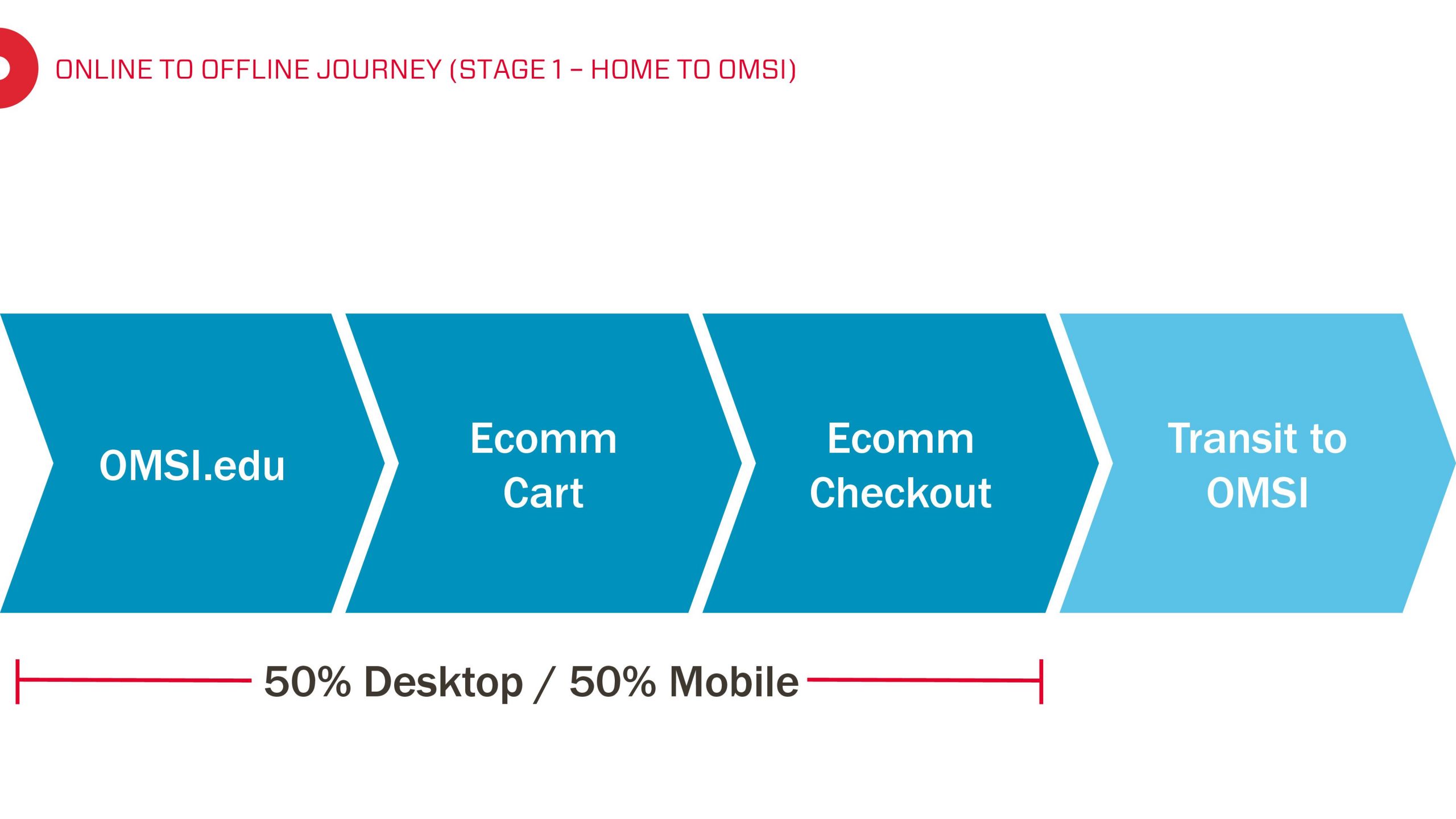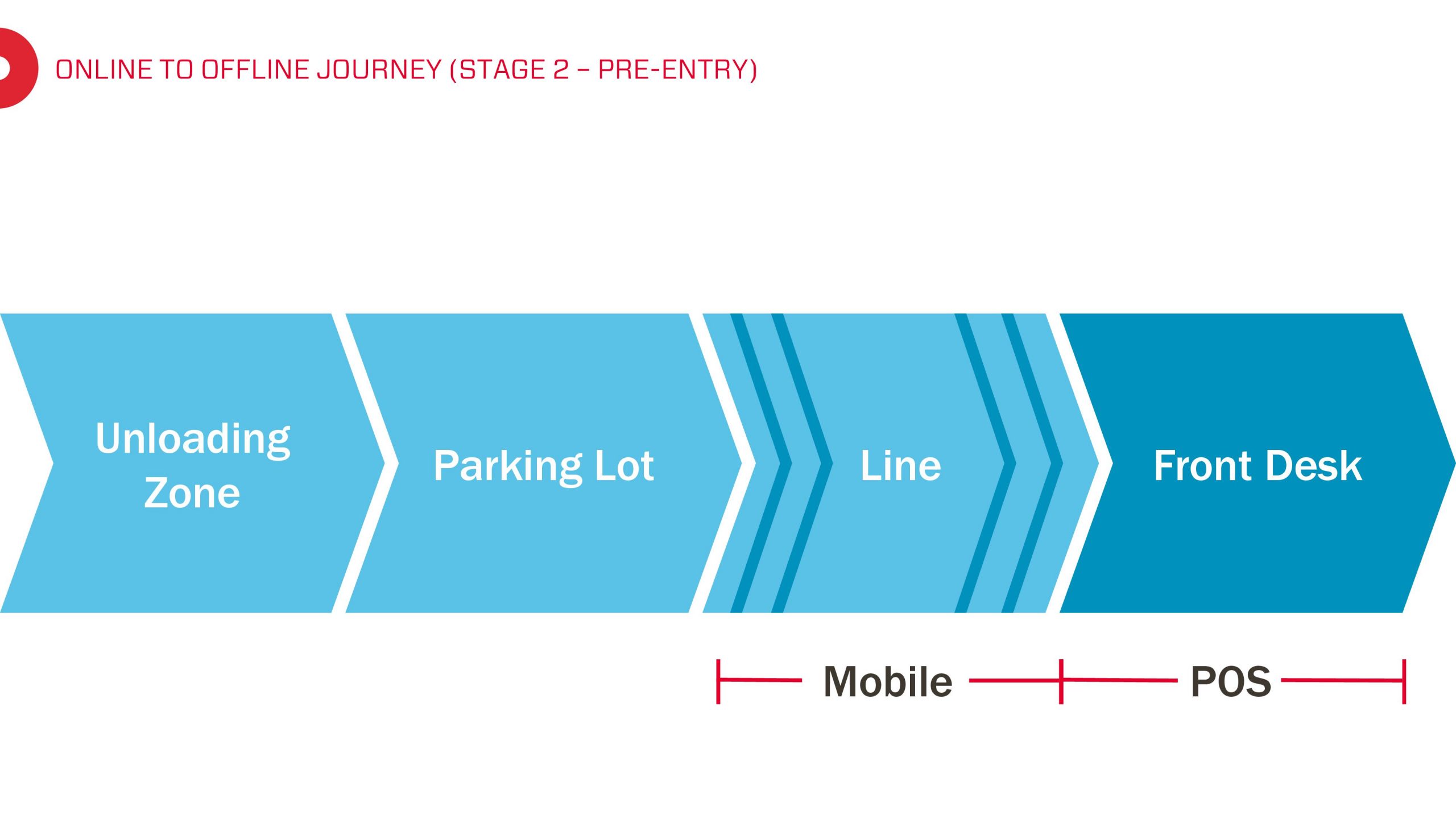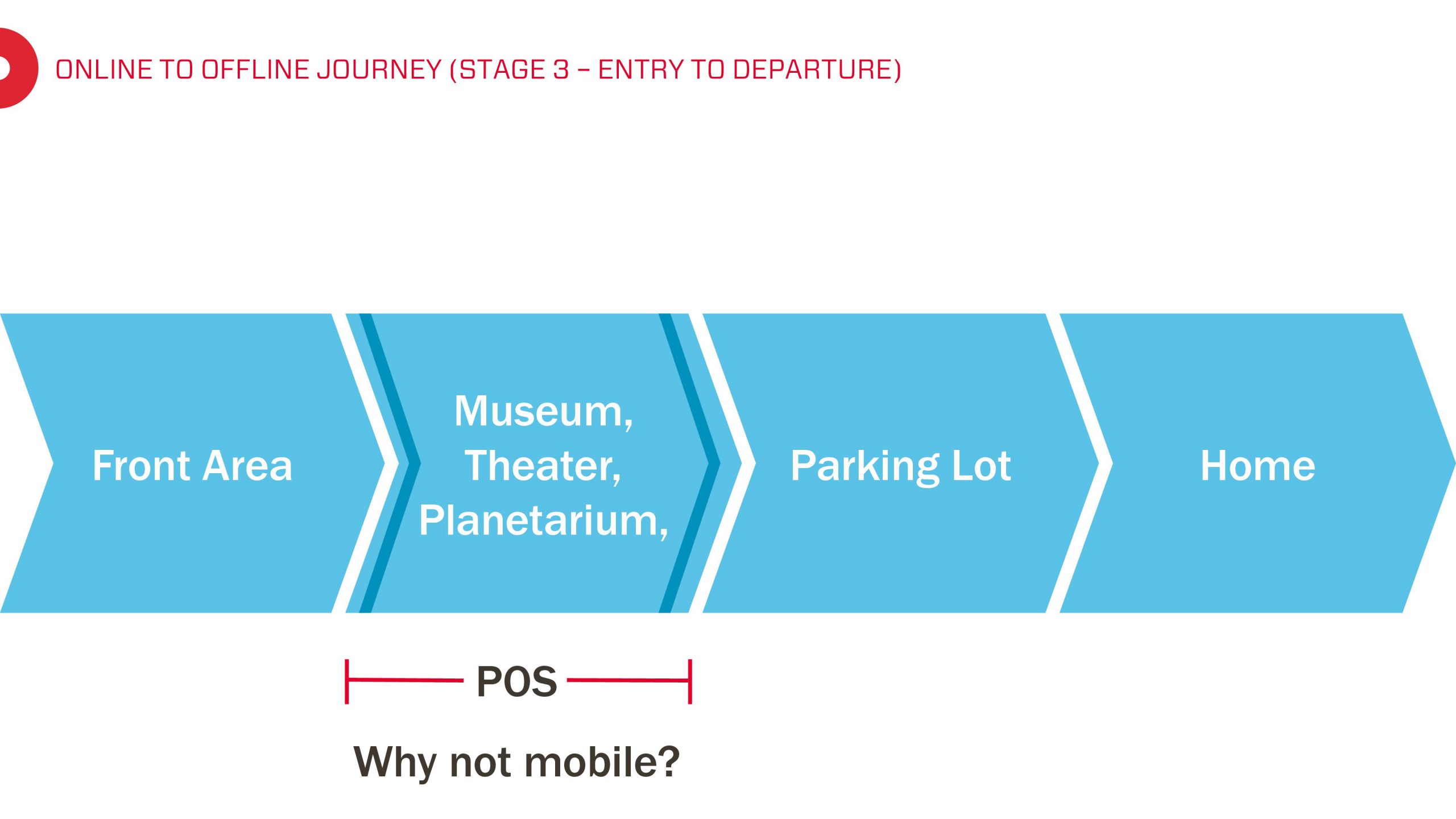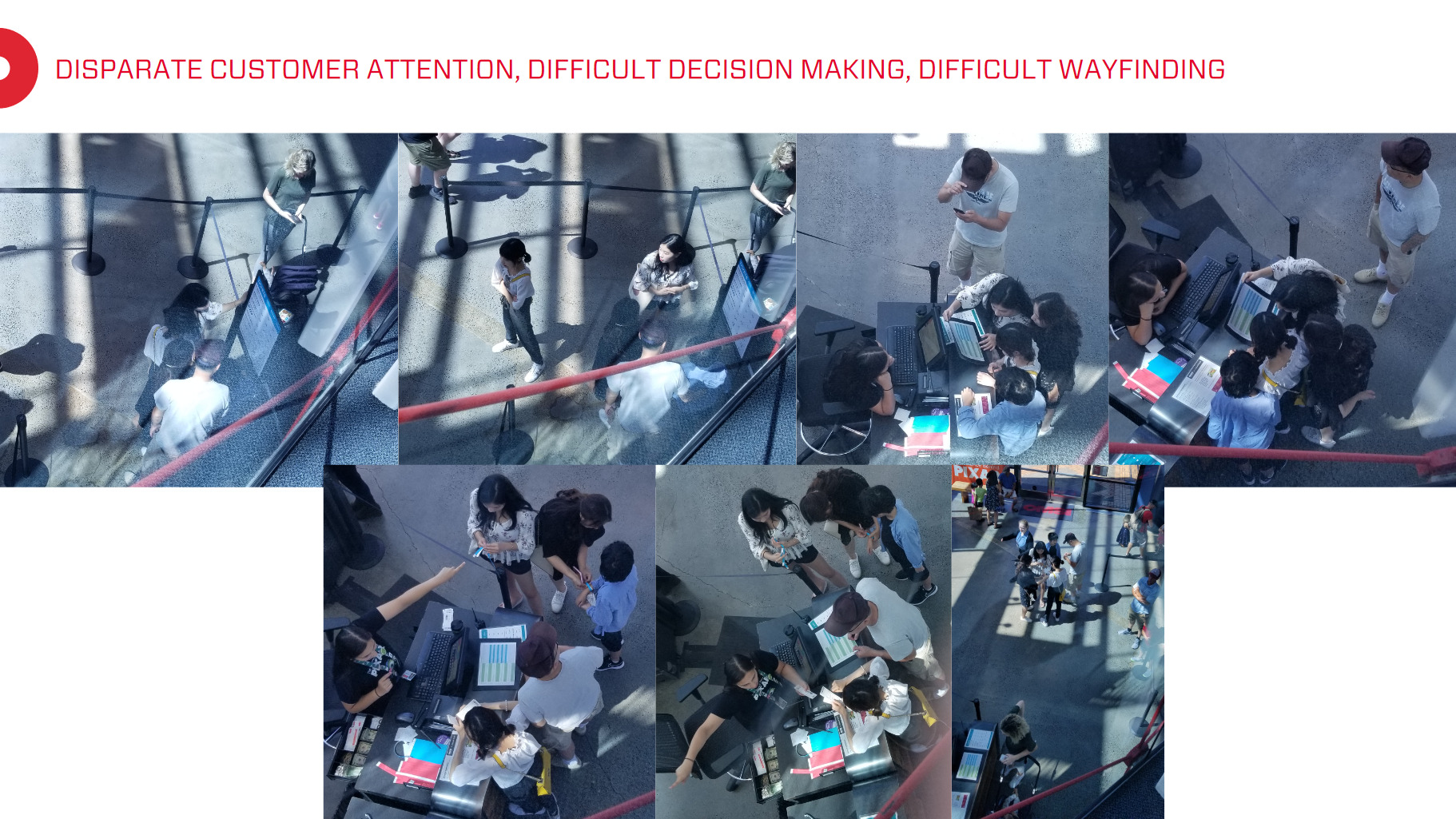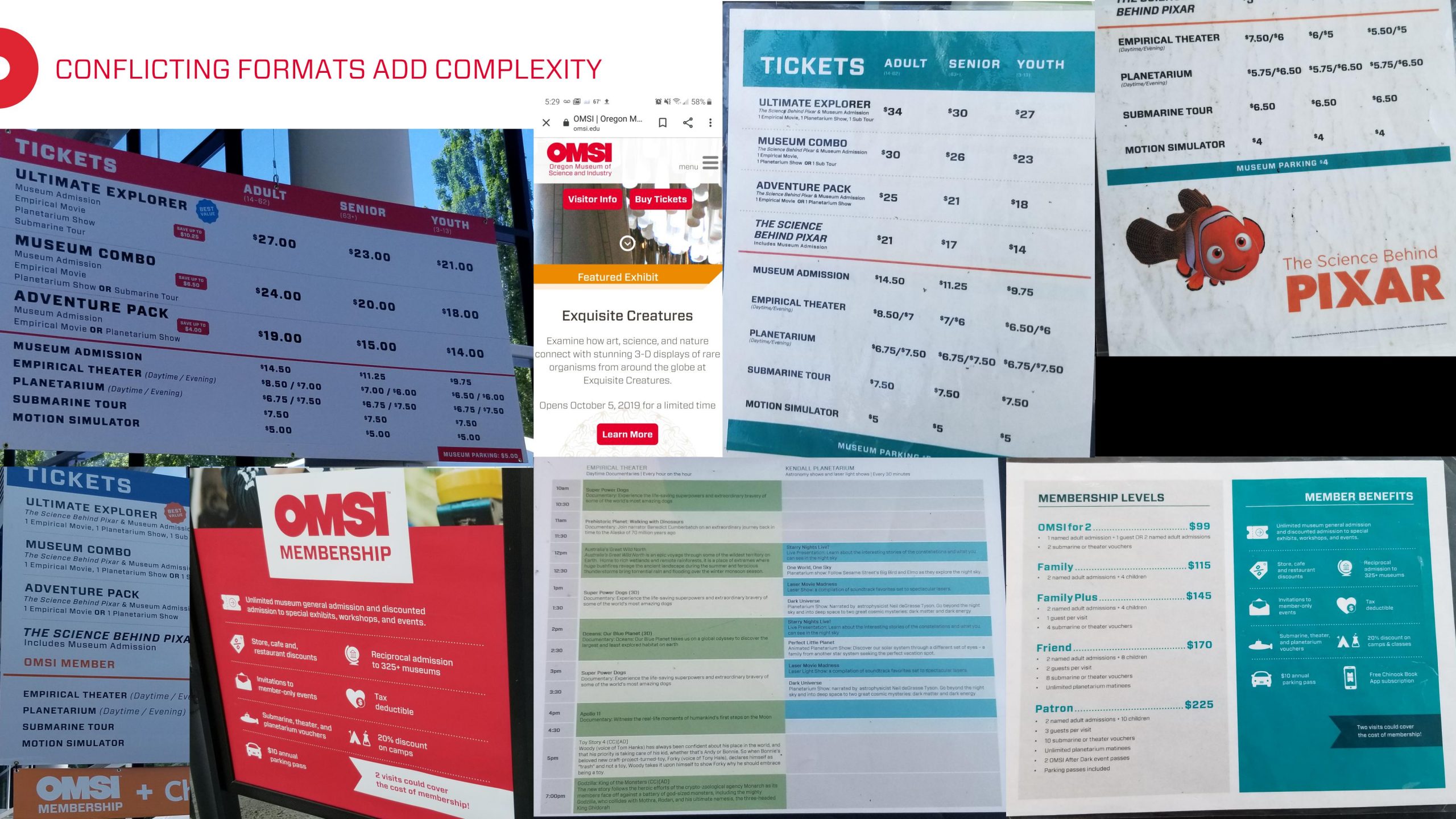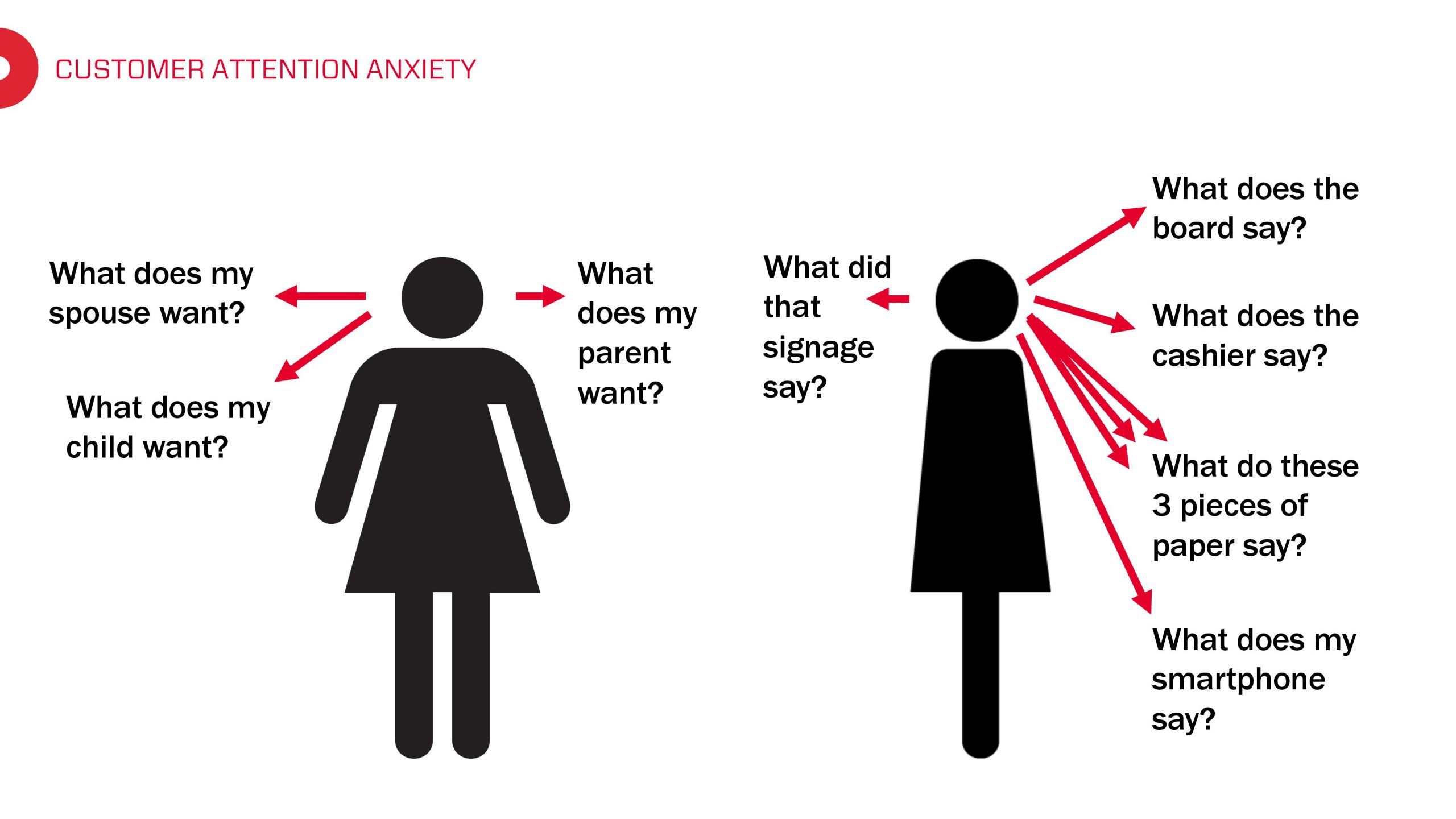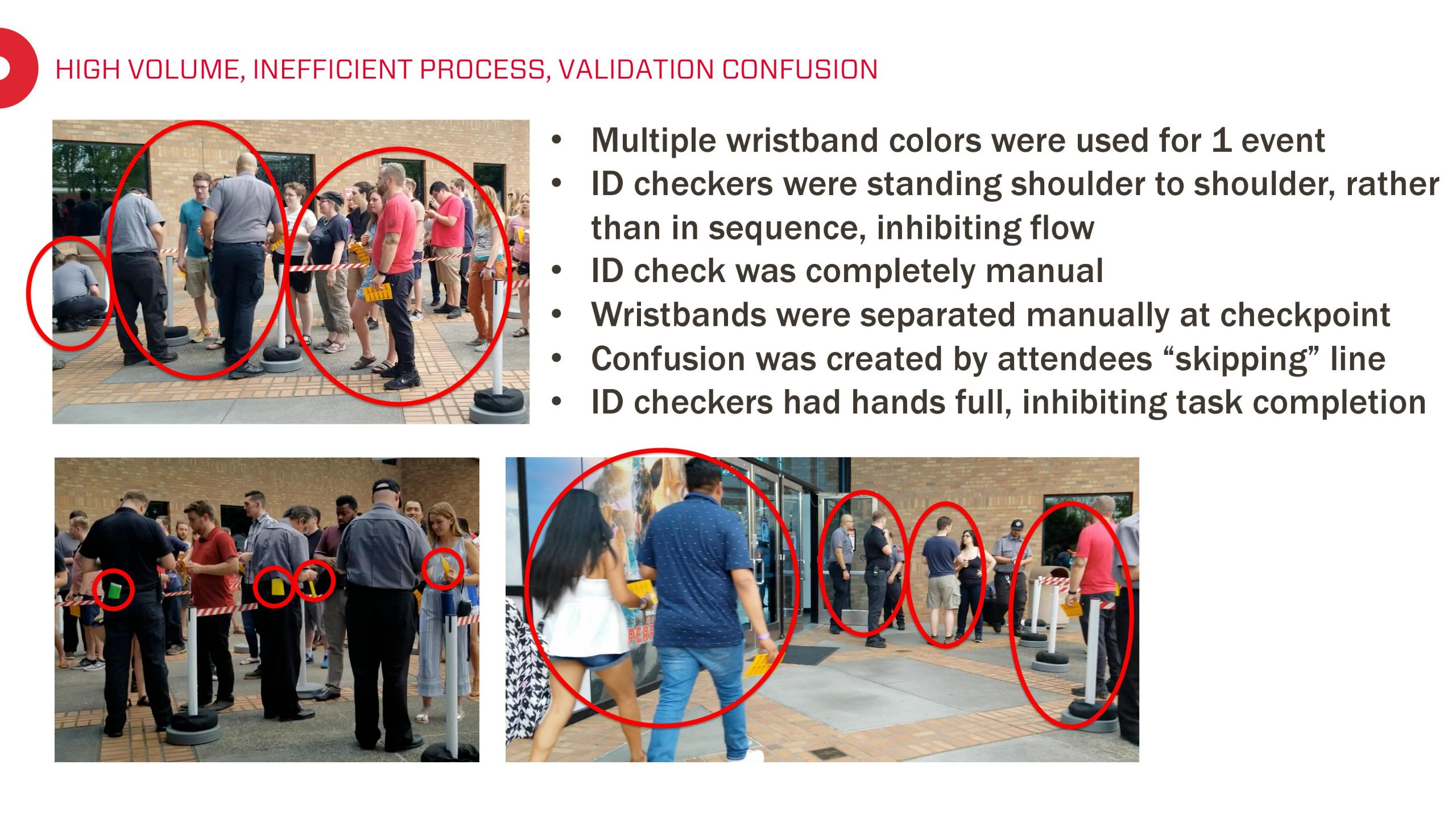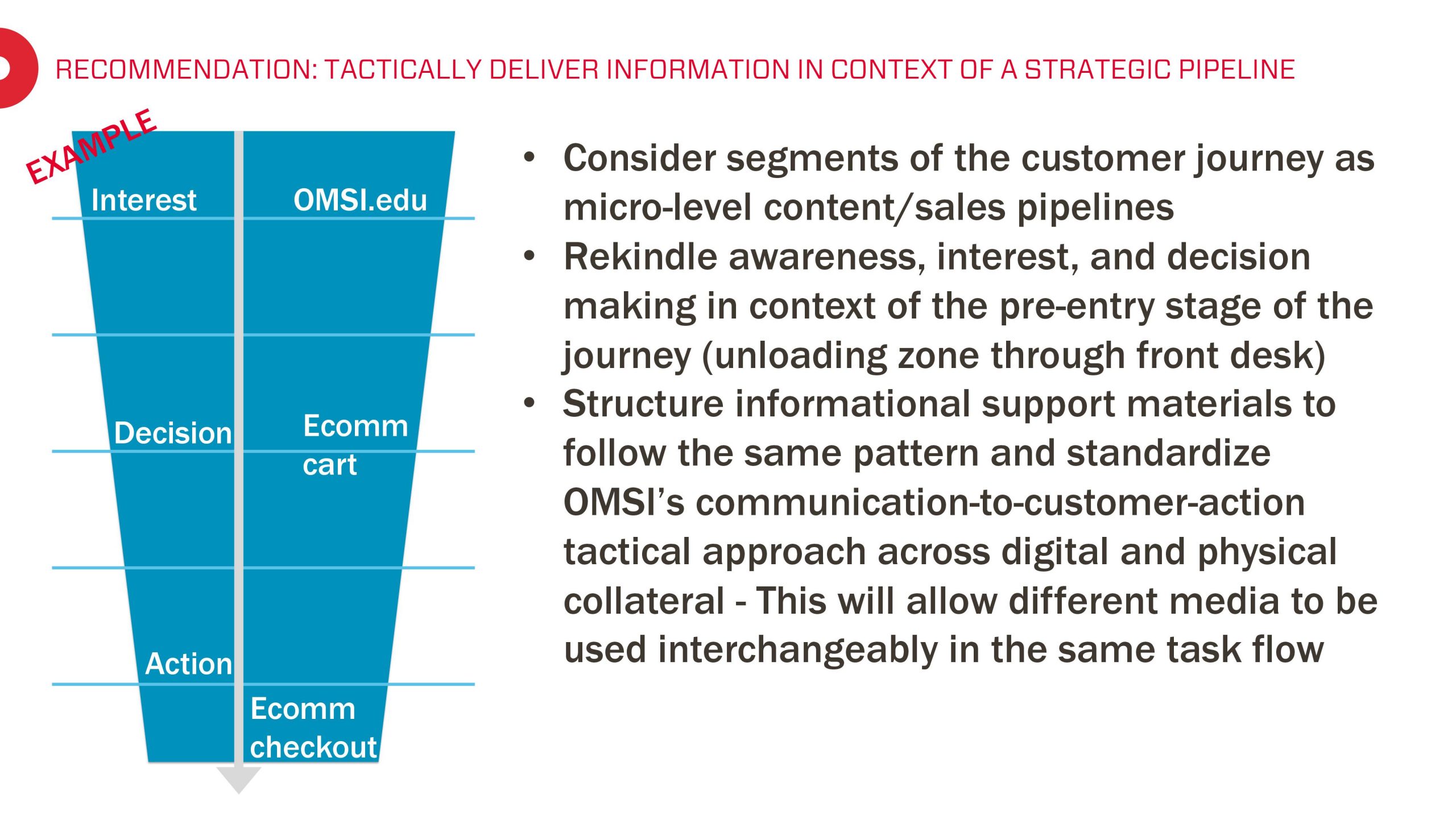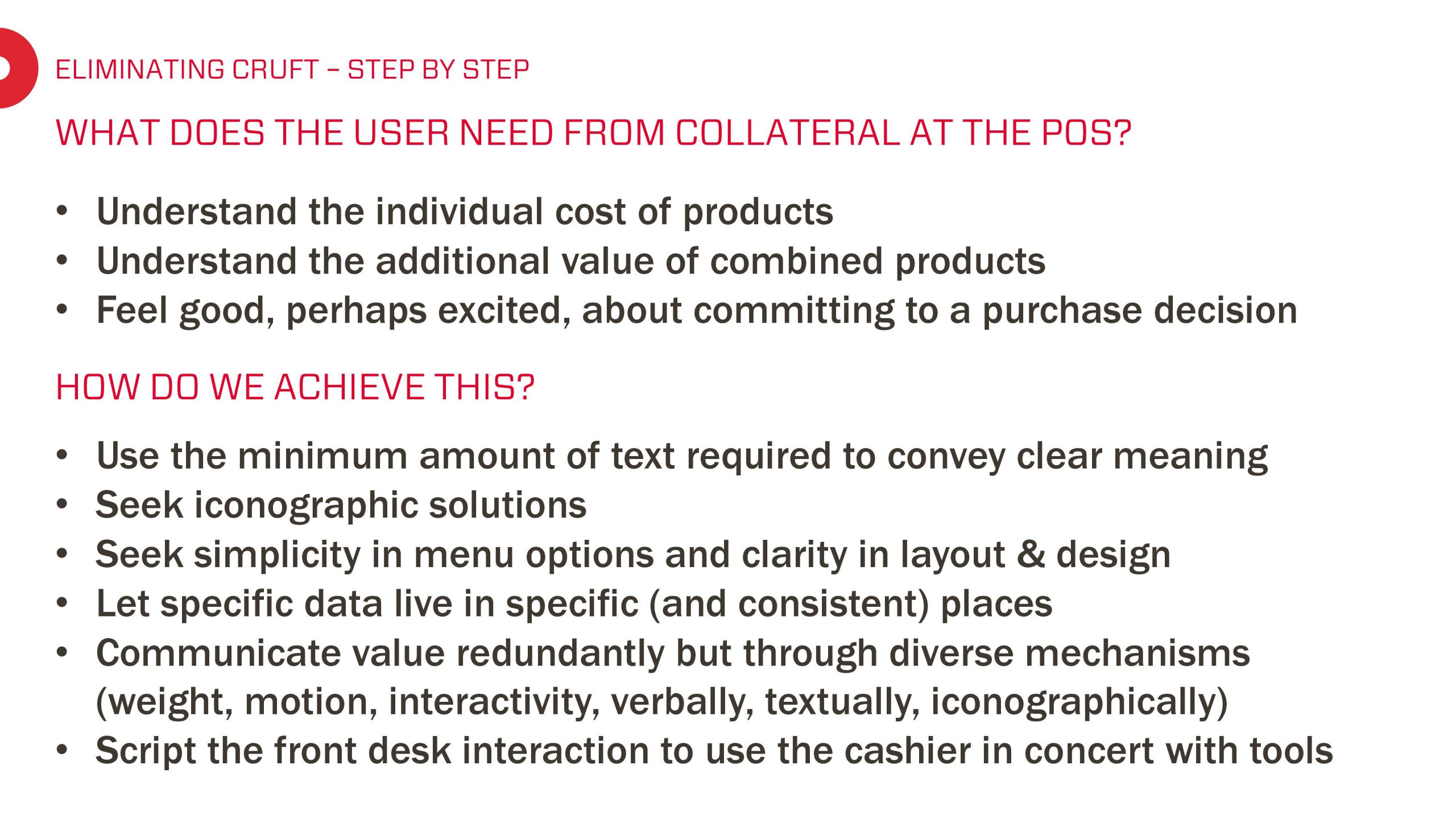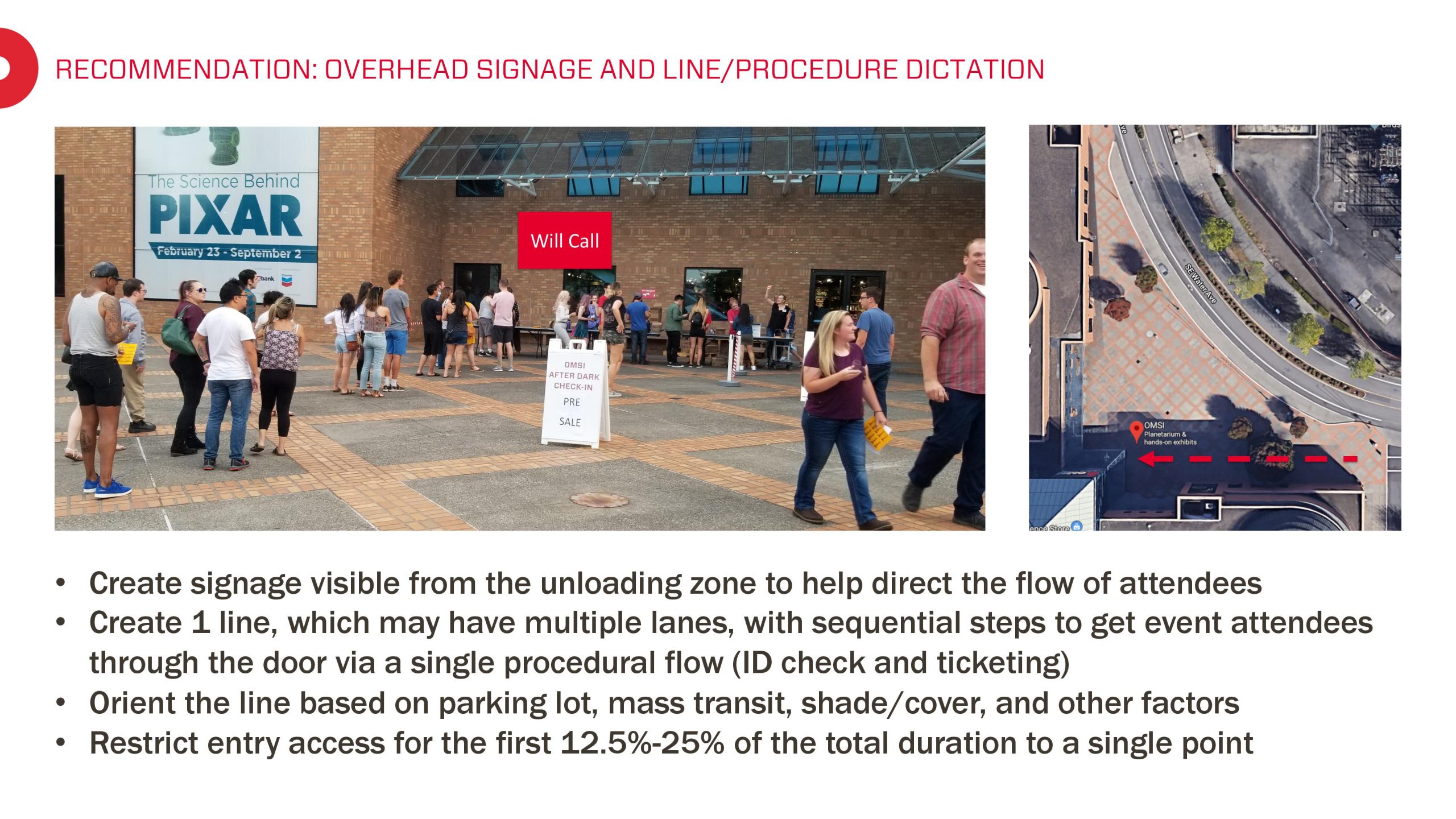Global Supply Management Leaders’ Summit
Having used Siriusware sales software for over 10 years with little alteration and few updates, the Oregon Museum of Science and Industry made the decision to upgrade. As an increasingly tech-literate institution, the stakeholders wanted to avoid prior oversights and enlist the help of a UX Strategist to ensure both internal and external user needs were thoroughly addressed in tandem with business objectives. I jumped at the opportunity to positively impact the museum as it is one of my favorite Portland institutions and I had great experiences working with the events department on prior occasions.
| Client | : | Intel |
| Dates | : | Aug 2019 – Dec 2019 |
| Role | : | UX + Visual Design Lead |
| Skills + Methods | : | Preliminary: UX Strategy, Project Planning, Software Development and UX Process Coaching Discovery Phase: Stakeholder Interviews, Research Report Analysis, Business Analysis, Fly-on-the-Wall Observation, Ergonomic Analysis, Contextual Inquiry, SWOT Analysis, O2O User Journey Mapping, Heuristic Evaluation, Competitive Testing, Sensory Input/Empathy Mapping, Task Flow Analysis, Gap Analysis (Software, Business Process, Brand) Design Phase: Information Architecture, Multidiscipinary Team Alignment, Vendor Management, Sales Pipeline Mapping, Content Strategy, Interactive Brand Development, Out-of-Silo Solution Scouting |
| Deliverables | : | Experience Brief, Proto-Personas (x11), User Stories, Wireframes, Wire Flows, Ecom UI Style Guide, Supplemental Internal Brief |
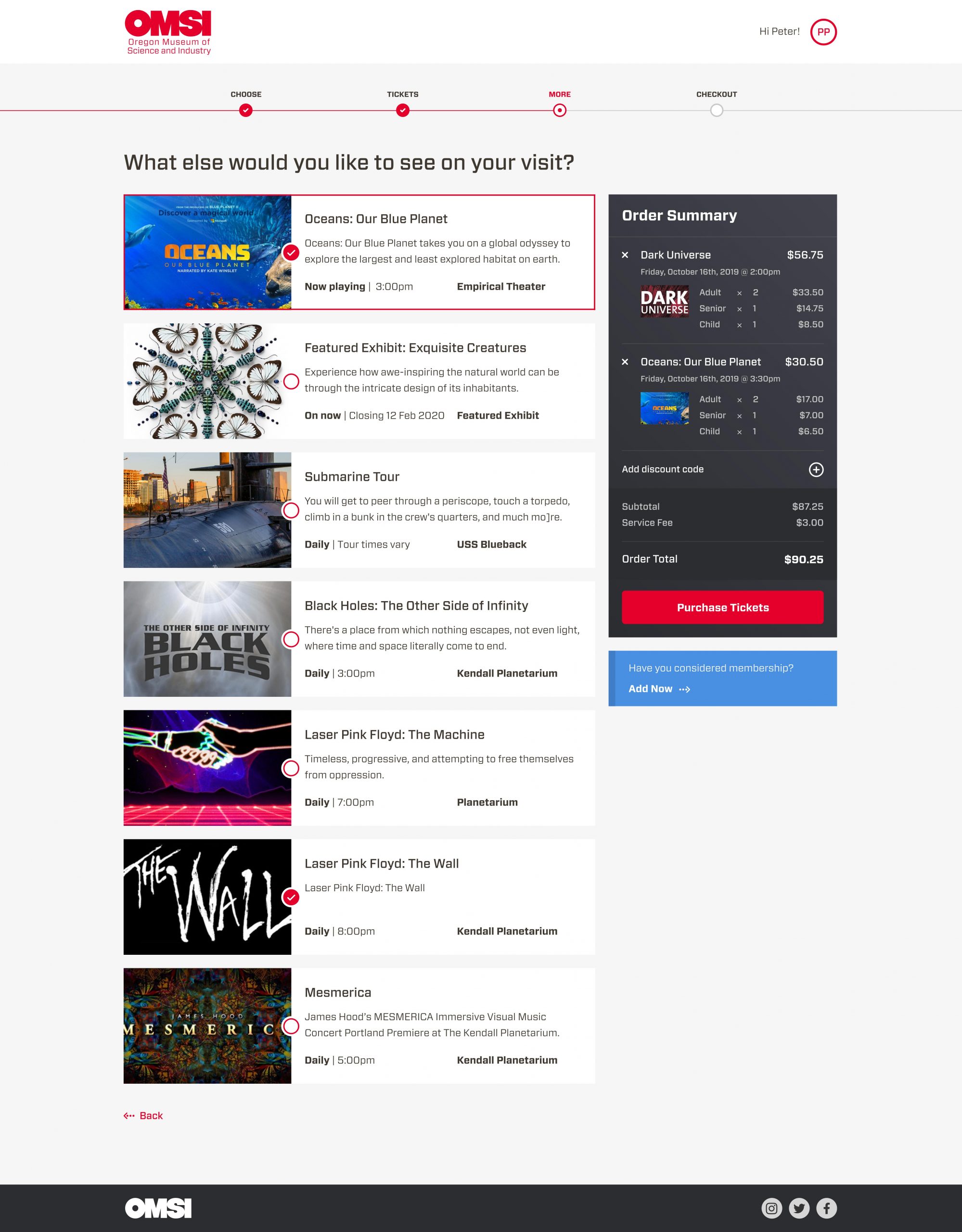
Project Highlights
Project Vision
Though the stakeholders were in agreement that they were ready for change, there was no clear vision for the project that would honor the needs of each department. To clarify scope and business needs, I began by conducting stakeholder interviews using a standardized script to ensure consistency. These proved very fruitful in not only revealing where departmental needs and aspirations intersected, but also uncovering tribal knowledge that would serve as the basis for proto-personas.
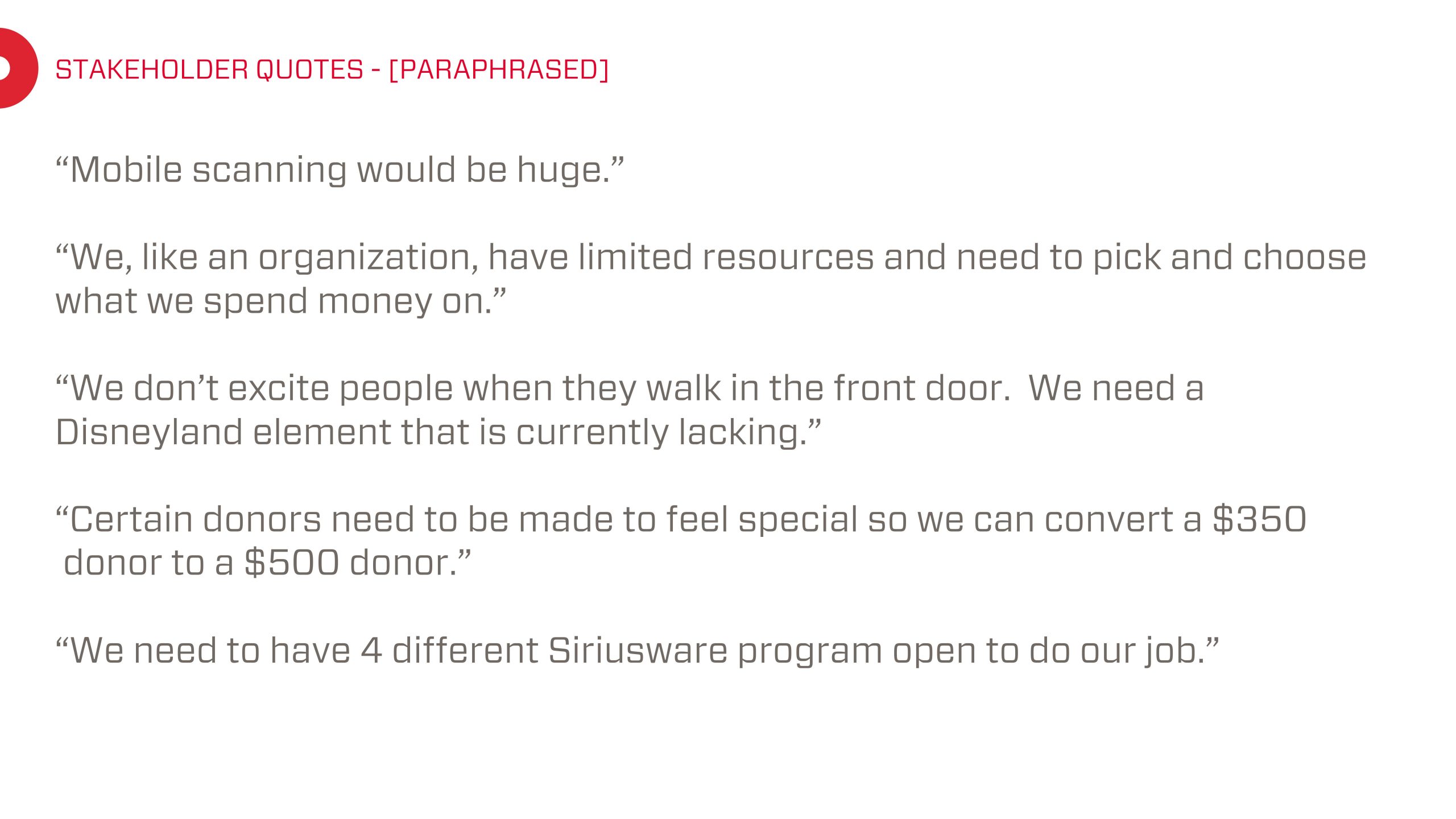
As a [User/Persona],
I need to [action]
so that [state change, subsequent action, business value generation].
Process Training
In a creative agency or IT department, one can usually count on knowledge of software development process to be relatively commonplace. However, in organizations that run lean with technology resources, knowledge gaps need to filled in as they are identified, often in real time. The most crucial building block for the OMSI POS and Ecom project was the user story. By ramping up all stakeholders and project team members with best practices for user story generation, documentation, and utilization, the project was able to quickly gain clarity and momentum early on.
User Insights
While the discovery phase of the project did not allow for sufficient time to conduct robust user interviews or deploy wide spread survey tools, there was a wealth of 3rd party research data, stakeholder knowledge, and business strategy documents that served as the groundwork for persona development.
Fly-on-the-Wall observation, time lapse photography, and guerilla micro-interviews were used as part of a lean research effort to fill in gaps. User insights were delivered to stakeholders and the project team in the form of 7 proto-personas. I opted to leave a significant portion of white space in the layout which the marketing team could use to further detail the personas as additional insights became available.

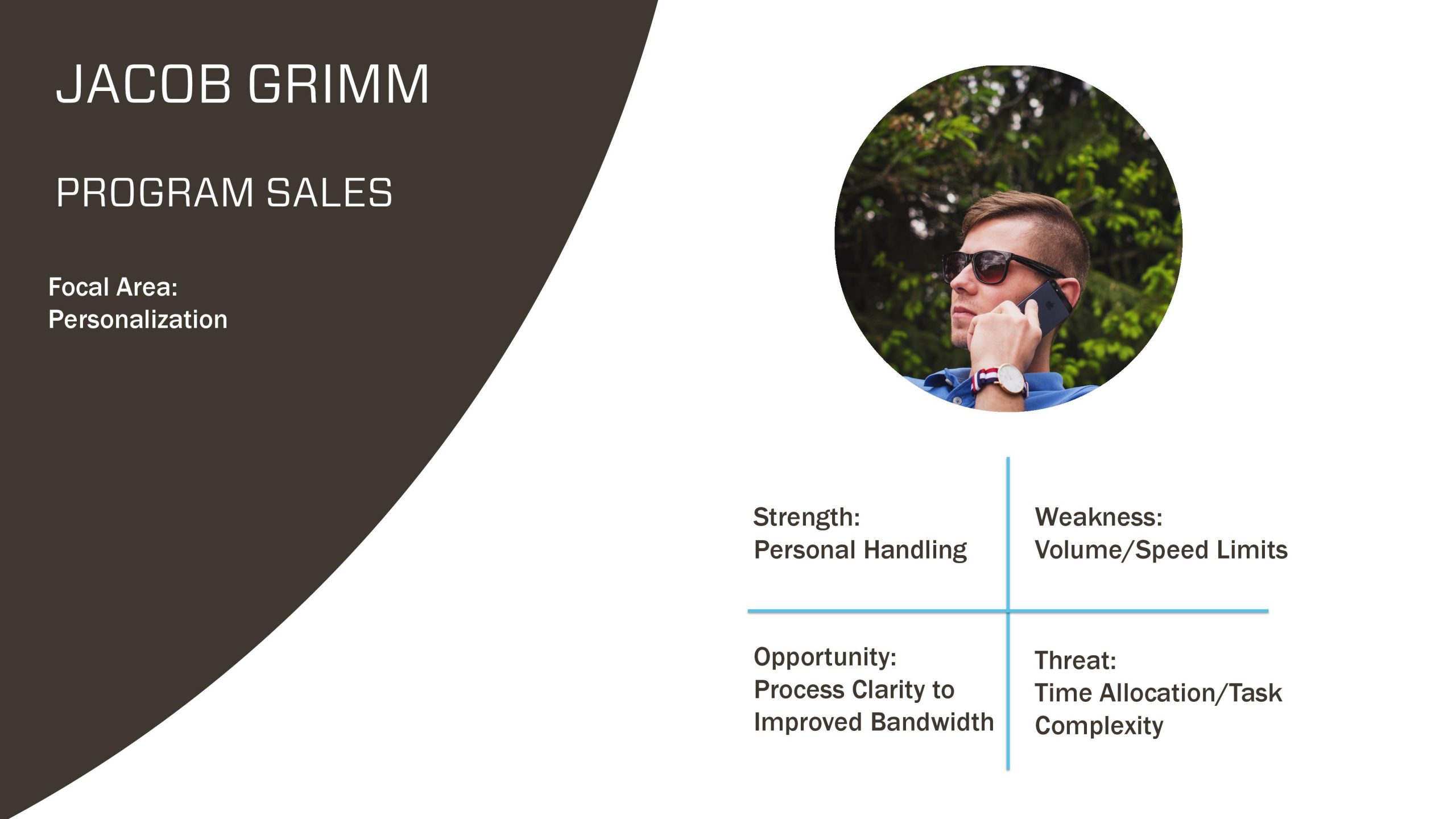
Internal Insights
Since the scope of the project included UI design and feature mapping for both customers and internal users, it made sense to generate 4 additional proto-personas to help describe the unique needs and operational strengths of OMSI employees. This ensured that the project team maintained awareness of not only the departments directly represented on the team, but the ones on the periphery as well.
O2O Journey Mapping
An online-to-offline journey map was generated to help inform system integration planning, feature discussions, and content strategy. This document proved uniquely useful when discussing strategy pertaining to customer flow patterns, parking, and virtual and physical ticketing.
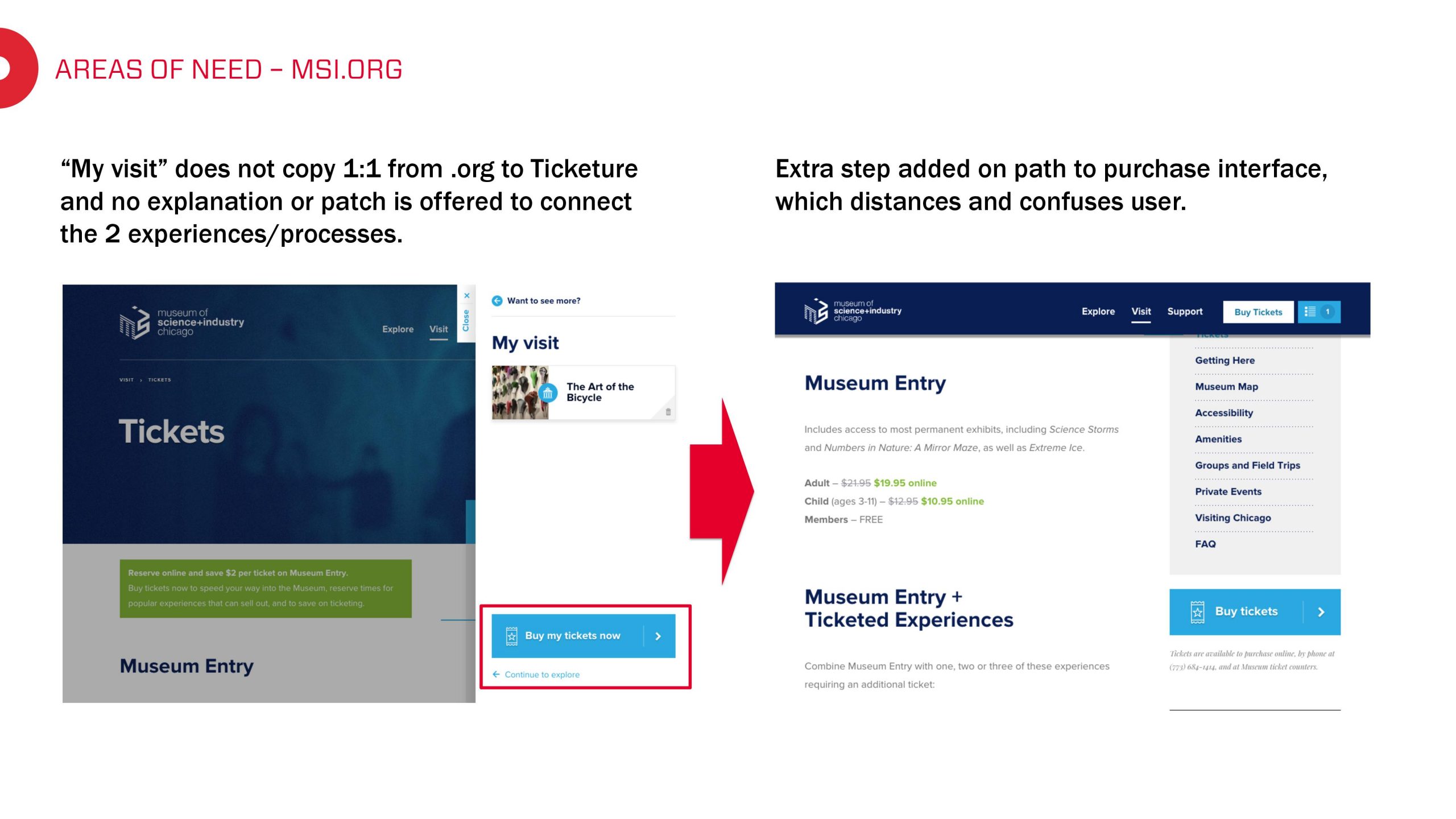
Software Audit
Ticketure was selected as the platform for the new ecom and pos system. While Ticketure was a relatively new company, the OOB software had been successfully deployed with several museums around the US including the Museum of Science and Industry in Chicago (MSI). In an effort to run fast and lean, I opted to evaluate the architecture, features, and functionality demonstrated on the MSI site. The notes and documentation I produced offered the project team a critical starting point from which we could engage the vendor in acute discussion.
Key metaphor
Using the insights from design research, I crafted a key metaphor that concisely and relatably communicated the crucial architectural and feature differences between the Ticketure MSI deployment and what would be needed to meet the needs of OMSI customers, business processes, and stakeholders.
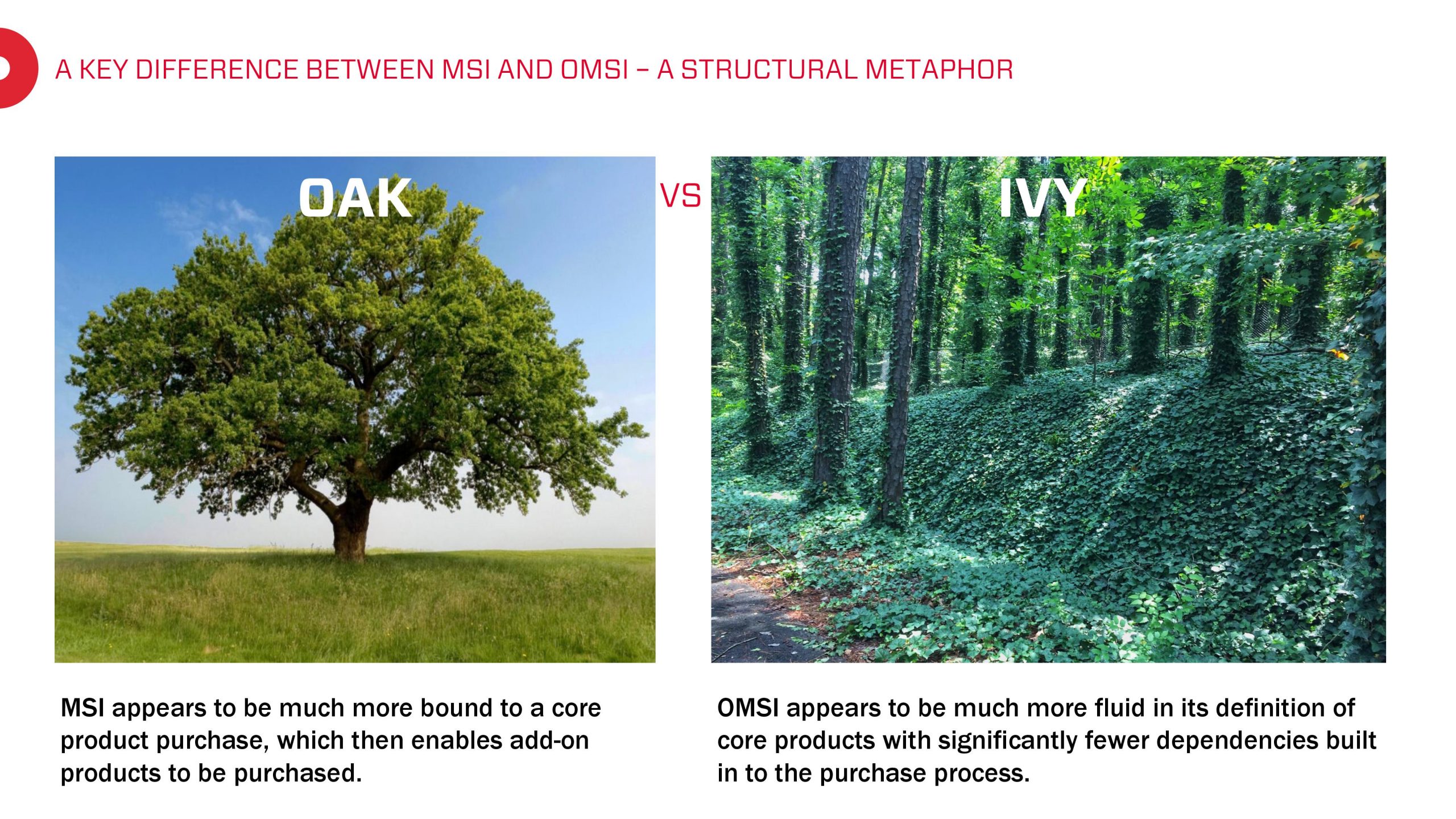
O2O Pain Points
Using the journey map as a guide, online to offline pain points were documented through fly-on-the-wall observation sessions, time lapse photography, empathy mapping, artifact analysis, among other methods. Doing so provided key insights into ways in which the ecom system could deliver information to improve the customer experience and peripheral systems that merited strategic consideration.
O2O Strategic Advisory
As part of the experience brief that summarized key learnings for executive stakeholders, strategic recommendations were included in response to documented pain points. This enabled other teams at OMSI to take action in parallel to the efforts being made by the ecom project team.
Wireframes + User Stories
Referencing the user stories, information templates, Ticketure components, and other discovery-phase insights, wireframes were generated using Adobe Illustrator and Figma. To promote transparency and open discussion of solutions, user stories were included along side specific pages that served the documented needs.

Information Architecture + Flow maps
Connection points between OMSI.edu and the ticketing system were a key concern for many stakeholders. In response, architecture and flow maps were generated to detail all connection points between systems and pages, modal windows, buttons, and form fields.
UI Style Guide
At the same time we reviewed high-res screen mockups, I worked with the marketing team to increase documentation of standards and practices regarding treatment of digital assets. This yielded a UI style guide that offered guidance for visual elements, UX writing, and layout of digital assets.
One of the most people who are time-poor is the task of writing. A simple essay can need several research paper writer hours to finish. An expert writer can be a great option if you have multiple deadlines and require them to be completed quickly. Instead of waking up at night trying to have your paper done, you could confide your writing requirements to a professional writer. This is just one of the reasons why working with a professional writing company may be the perfect choice for you.
